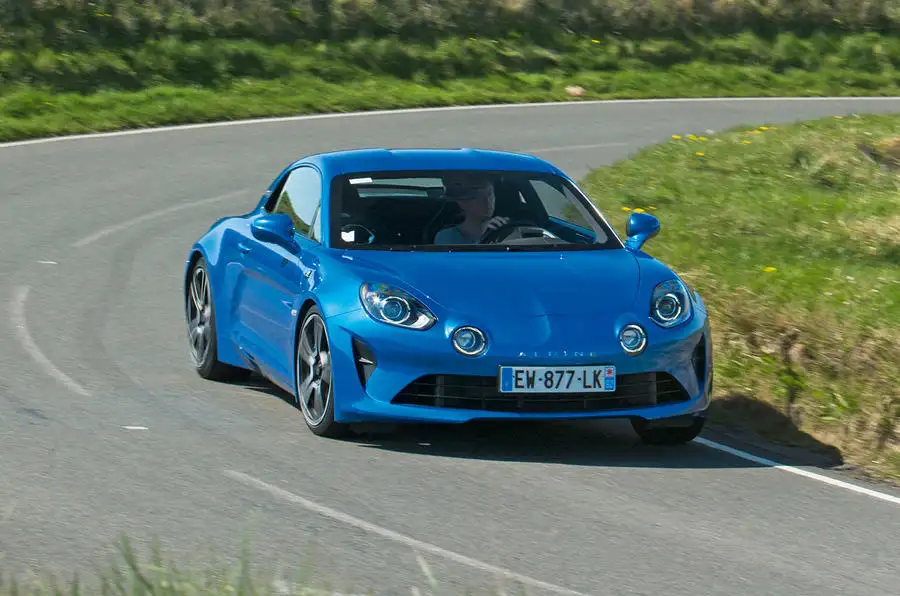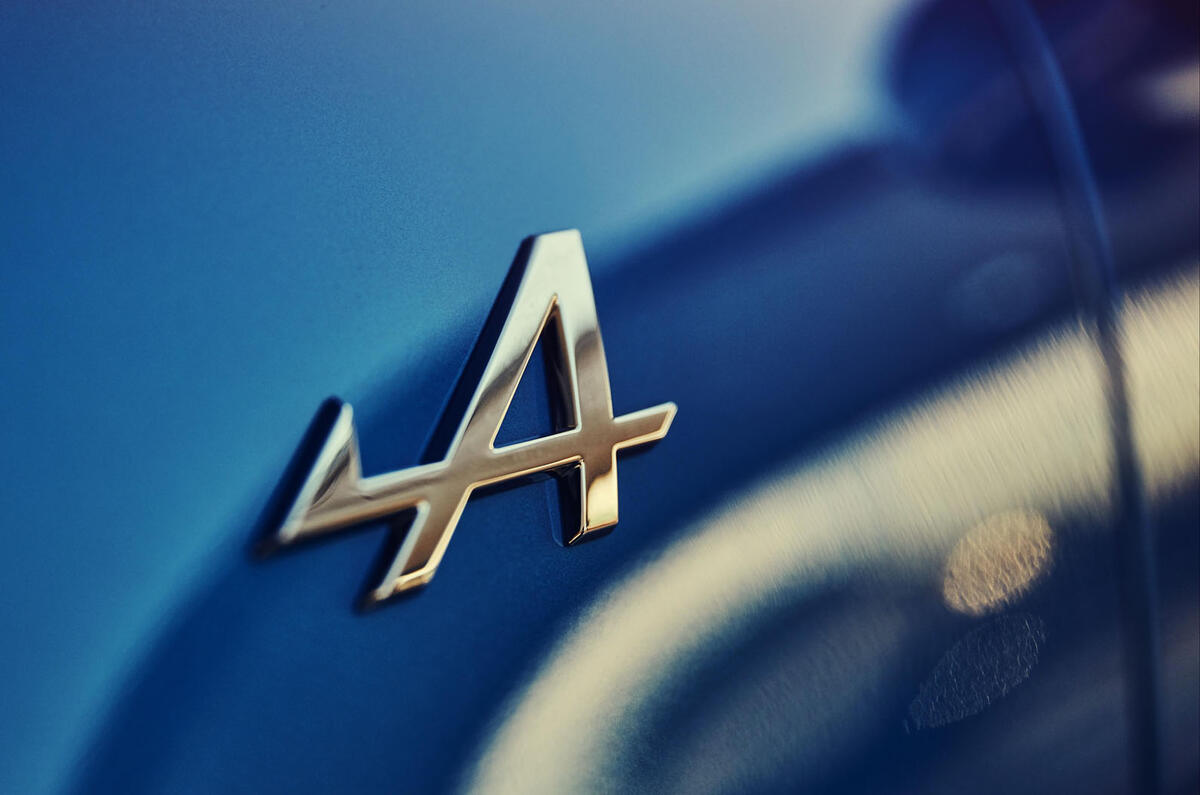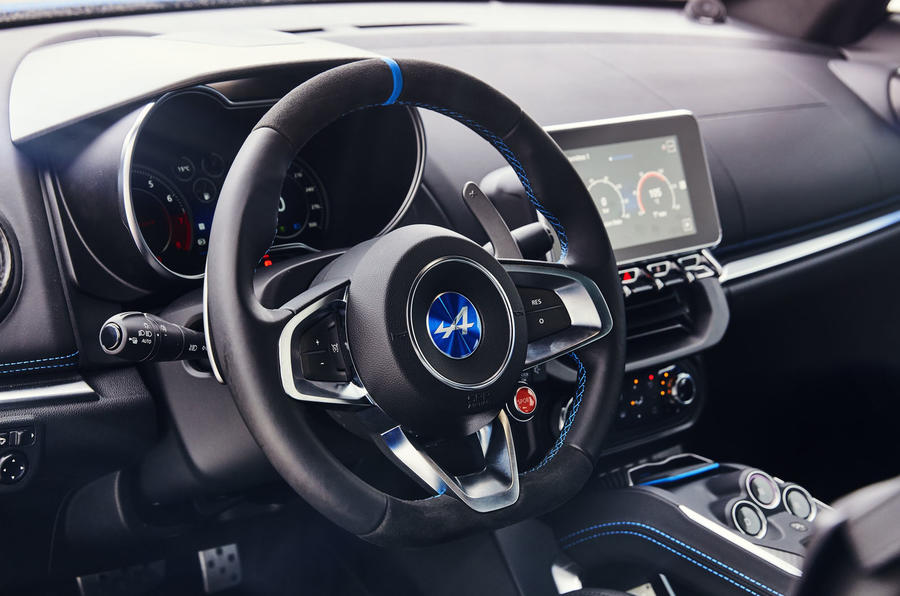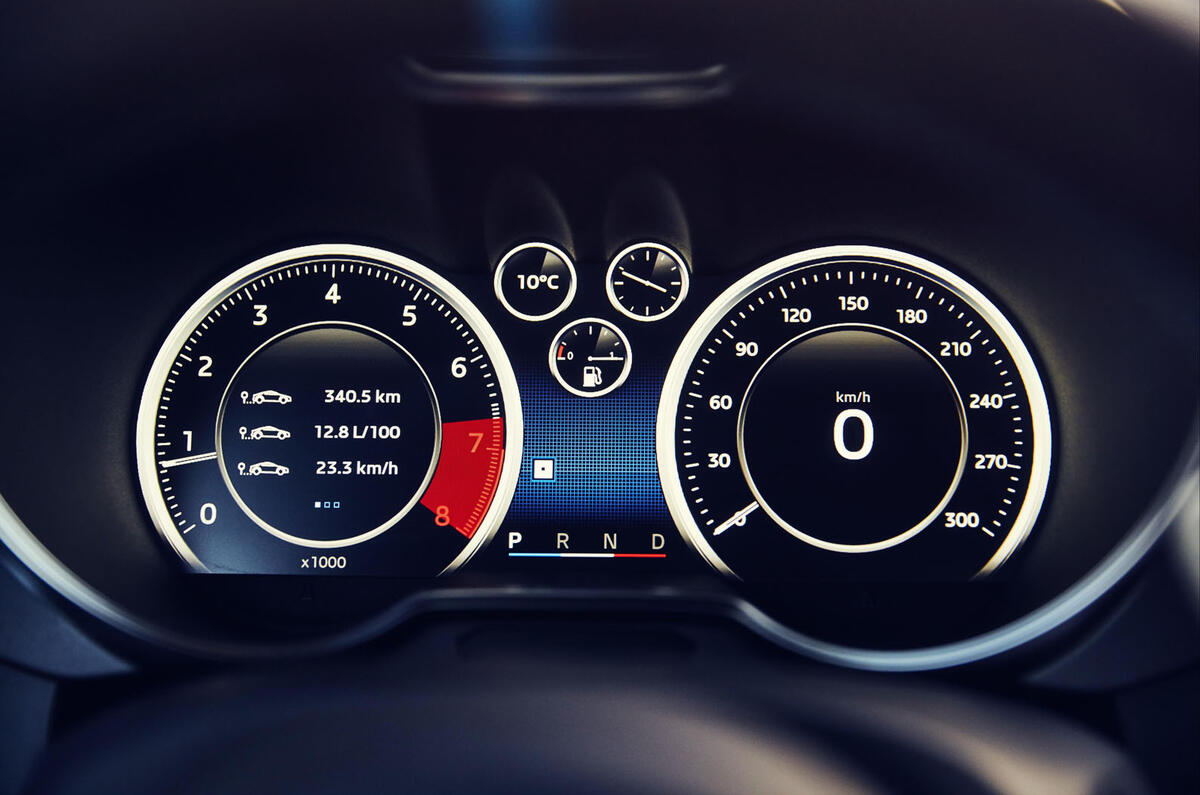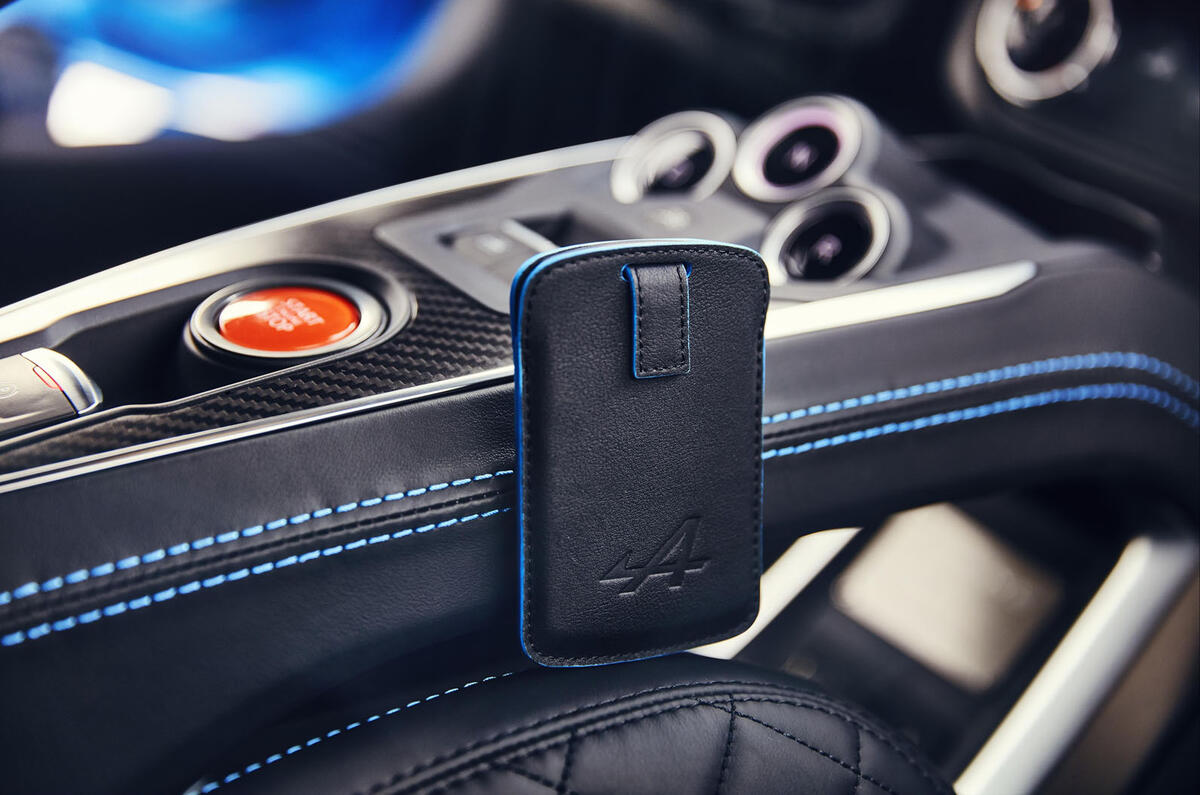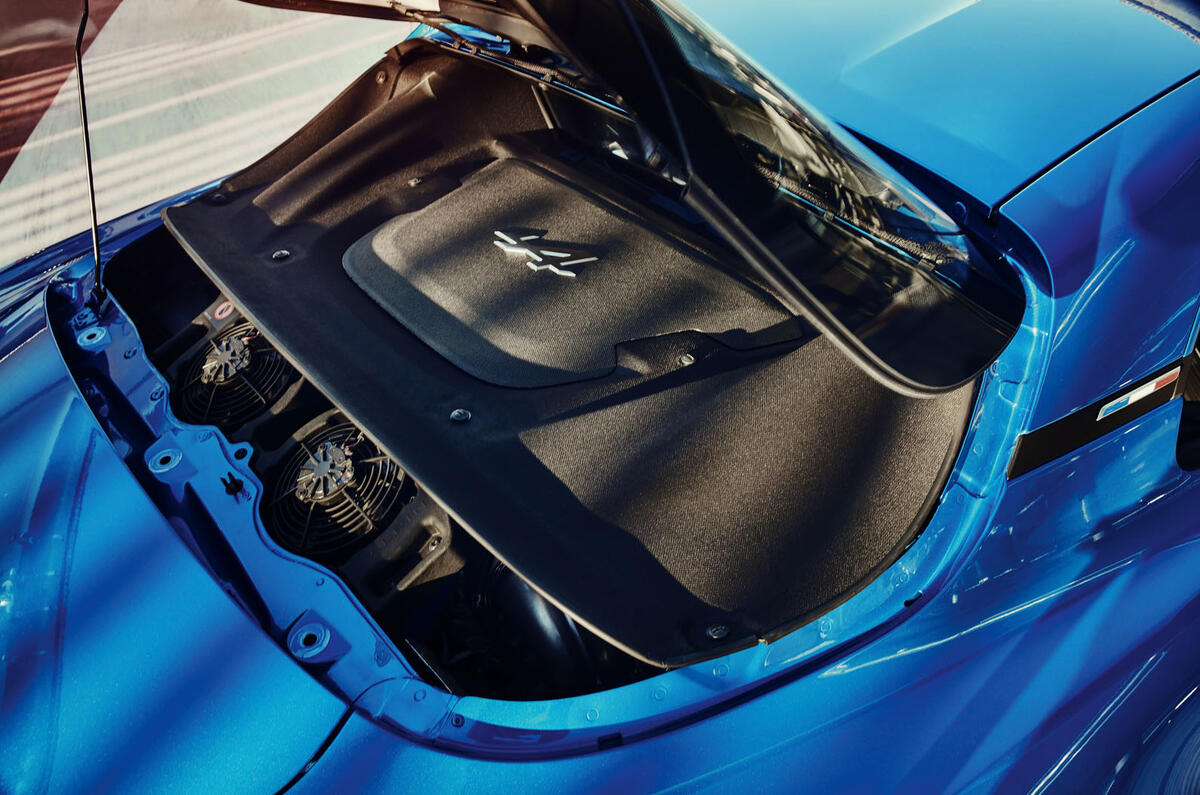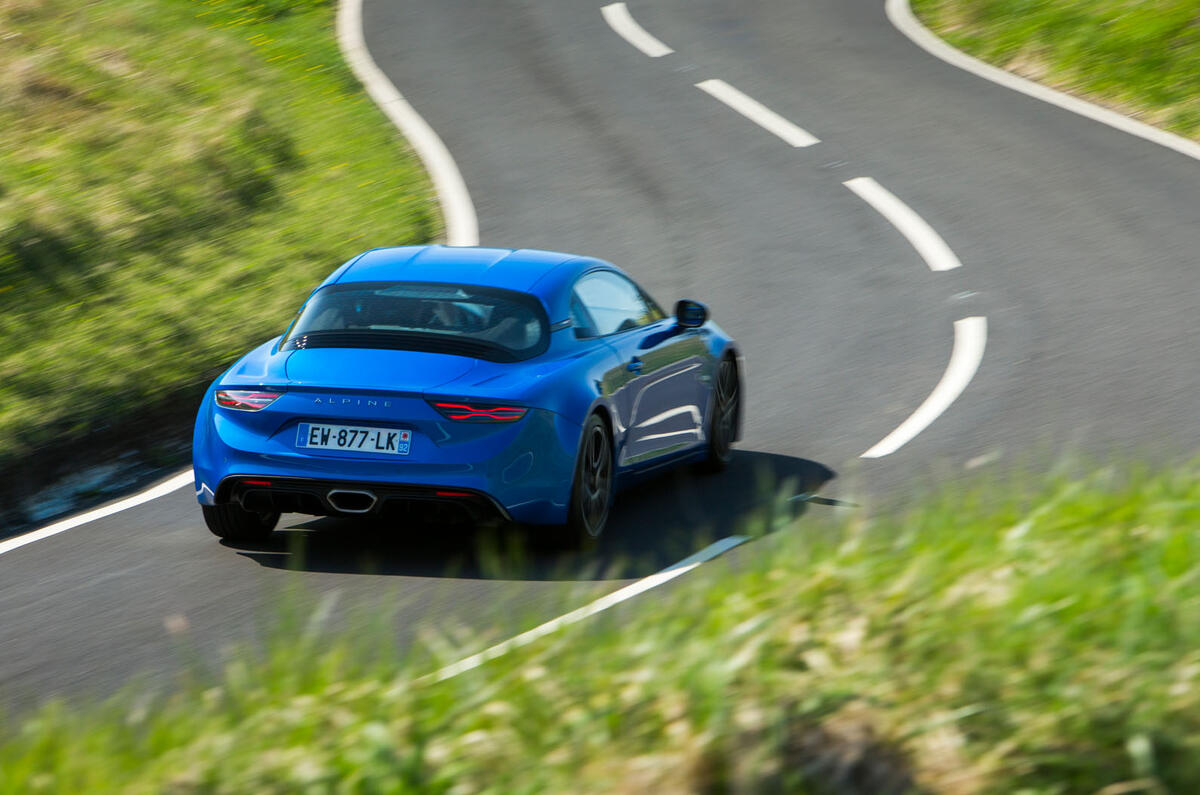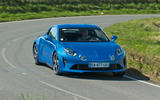Even if your brain has already processed what separates this Alpine A110 from its famous Michelotti-penned forebear (the switch from a rear-engined to a mid-engined mechanical layout), your backside may beg to differ as you get used to the car’s gait and ride characteristics on the road.
That’s because there’s an unusual sense of softness about the A110’s rear axle springing that plays a large part in defining how it corners, how it rides and how it behaves on the limit of grip.
It’s at once highly unusual in a sports car and, as we’ll explain, lends the A110 a truly distinguishing dynamic character.
If you didn’t know better, you’d swear a rearwards engine location could be the only thing to explain the car’s defining trait: that it seems to take sweeping corners more like an Ariel Nomad than anything else, leaning on its outside tyres with the confidence and balance of an elegant speed skater, and steering as much from the rear axle as it does from the front.
Truth be told, the A110 feels softer-riding at both ends than you expect it to be. Just as promised, the firm has delivered a car with a sufficiently low centre of gravity that it clearly doesn’t depend on particularly firm or short suspension springing for grip or handling response.
Although it feels as direct and naturally agile on turn-in as just about anything on the larger side of a Caterham Seven, it’s also quite supple over bumps and at low speeds.



